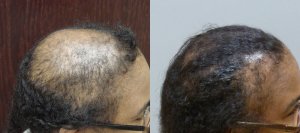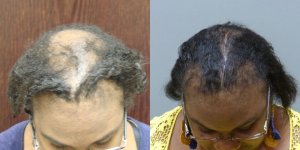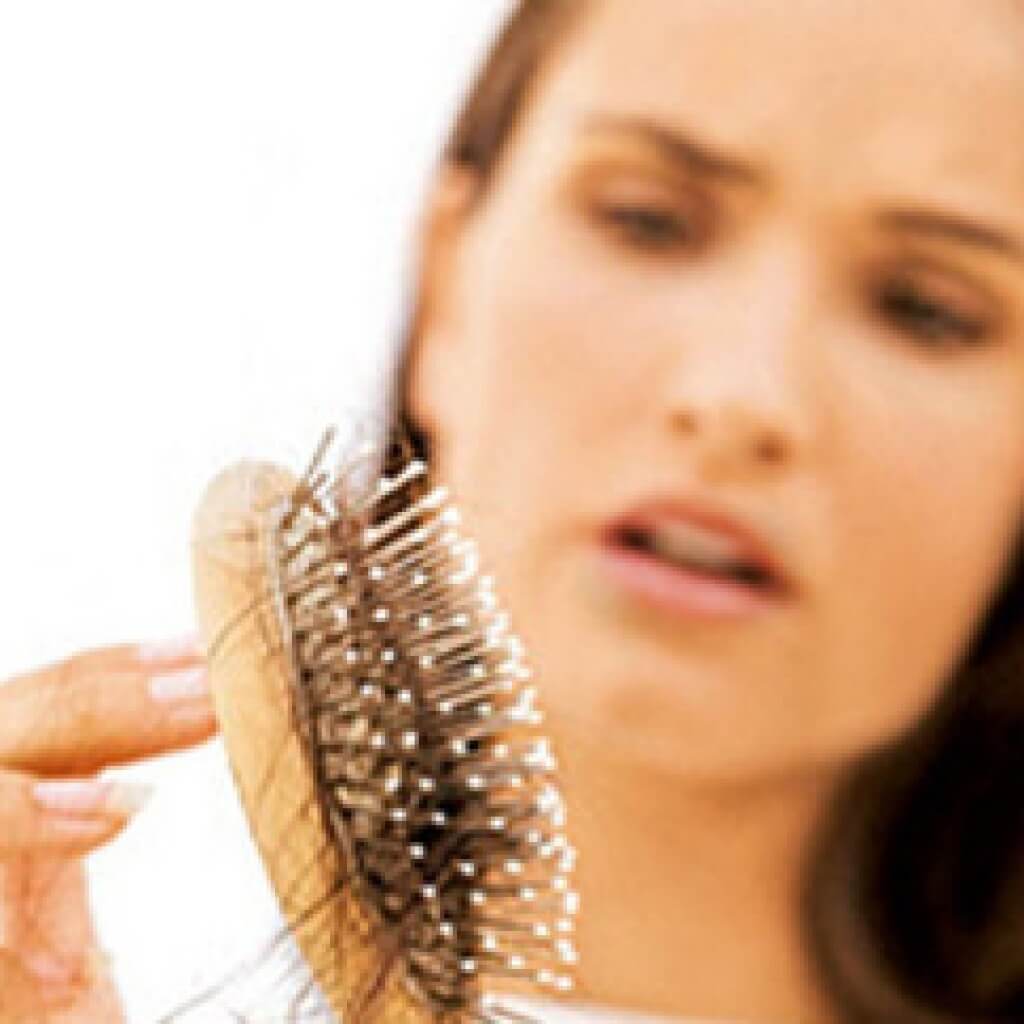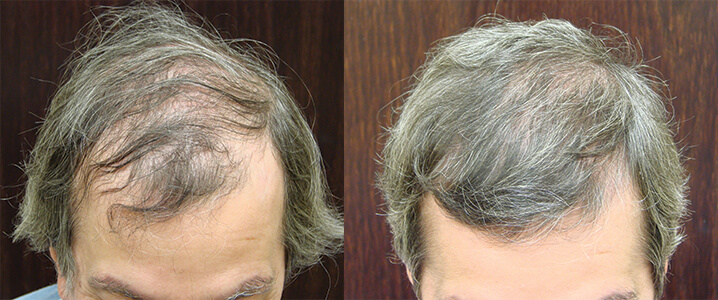Hair Loss Myths and Truths
There are many hair loss myths out there one of those is that you cannot do anything about hair loss. The incidence of hair loss is very common in both men and women, called male pattern and female pattern baldness. Non-surgical FDA approved medications for hair loss are minoxidil (Rogaine, and I recommend the foam spray), and finasteride (Propecia). We have seen success with Viviscal tablets as well. Even some shampoo products are showing positive results.
In addition, PRP (platelet-rich plasma) injections are a very effective treatment for many people. Blood is collected from the patient, processed, and the platelets with their growth-factors are injected into the scalp stimulating hair follicles to grow hair. After the initial series, once a year injections are usually needed to maintain hair growth.
Myth or not?
The ultimate treatment is hair transplant surgery: True; Those with male or female pattern baldness are usually excellent candidates and some with certain types of alopecia can also achieve good results. Hair transplantation usually yields permanent hair growth; however, it does not stop future loss of existing hair in the balding area. This is where the non-surgical treatments can be useful.
Everyone is a good candidate for hair transplantation: False; those with insufficient donor sites are not good candidates. Scar alopecia patients must be evaluated in person by a specialist to determine candidacy. Other forms of alopecia must be individually evaluated.
Washing hair too frequently causes hair loss: False; We have up to 150,000 hair follicles, and hair follicles go through 3 stages of growth: growth, falling out, and dormant stages. During the average falling-out stage, we daily lose 50-100 hairs regardless of shampoos.
Wearing a hat causes hair to fall out: False; If the hat isn’t too tight, it causes no harm. Dirty hats can cause infections, which can certainly cause hair loss.
Braids can cause hair to fall out: True; This is not a myth. It’s one of the most common causes of hair loss, called Traction Alopecia.Even tight pony-tails can cause hair loss. This is treatable with hair transplantation providing there is sufficient donor hair at the back of the head.
Hormone problems can cause hair loss:True; For male pattern baldness, the usual offender is DHT (Dihydrotestosterone). Testosterone converts to DHT, and DHT causes hair loss in susceptible men as well as women. Taking anabolic steroids is a common cause of elevated DHT and hair loss, and the loss can be permanent.
Other issues causing hair loss are either elevated or insufficient thyroid hormone, anemia, and pregnancy. Anorexia can and usually does cause hair loss, and we all know that chemotherapy can as well.
Anesthesia and stress can cause hair loss: True; but not usually a permanent situation.
Chemicals cause hair loss: True; Harsh chemicals are frequently used on hair and can cause burns and permanent hair loss. These cause Scar Alopecia, which is very commonly seen by hair restoration specialists.
Permanent Solution: FUE Hair Transplantation or Strip Method
FUE hair transplantation is an acronym for Follicular Unit Extraction. For those who wear their hair short, the FUE method is the preferred technique because of the lack of a scar in the donor area. NeoGraft is an automated FUE hair transplant and is a very accurate method of acquiring donor grafts with a very high percentage of success.
FUT Hair Transplant is also called the strip method and leaves only a faint linear scar on the back of the scalp when done with skill. It requires sutures and is a bit more invasive than Neograft.
Schedule your complimentary consultation with Dr. E. Ronald Finger by submitting the form below.
Disclaimer: All website content and articles are published for informational and advertising purposes only. Finger and Associates assume no responsibility for the accuracy of the content provided by the publisher. Article contribution by DGM Global Marketing Solution and their official writing team.

This patient had 2 Transplants and a Scalp Reduction, graft total 4,050 grafts
Before and 1 year post-op

This patient had 2 Transplants and a Scalp Reduction, graft total 4,050 grafts
Before and 1 year post-op

1,325 grafts
Before and 11 months after the Transplant

Appointment Request
"*" indicates required fields





